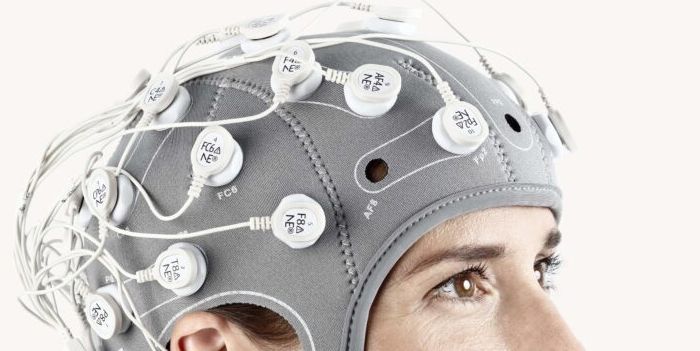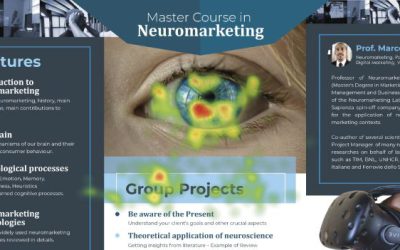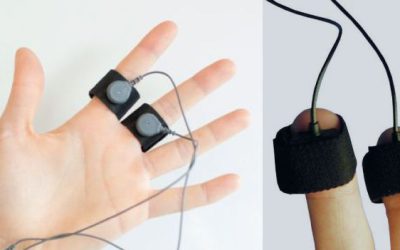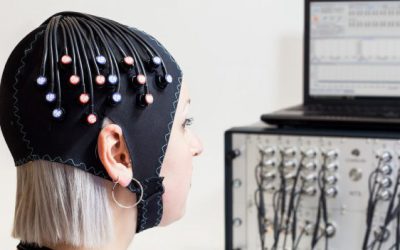Electroencephalography (EEG) is a technique that allows to explore the electrical activity of our brain.
This electrophysiological monitoring method is non-invasive, as in order to record the electrical activity of the human brain it is simply necessary to place some electrodes on the scalp.
It is also important to specify, to make it clear once and for all, that this method has the only objective of recording the electrical activity of our brain and not that of entering electrical impulses. We can therefore rest assured, it is an absolutely safe technique, which cannot in any way generate risks for our health.
Traditional use of electroencephalography (EEG)
If in the past the EEG was mainly used to diagnose brain disorders of various kinds, tumors and strokes, the advent of modern neuroimaging techniques such as positron emission tomography (PET) and functional magnetic resonance imaging (FMRI) have reduced its use in this direction.
However, electroencephalography unlike other techniques retains a characteristic of primary importance: the very high temporal resolution, in the order of milliseconds. This means that it is possible to identify the electrical activity of the brain related to the manifestation of a stimulus of interest (for example, in the advertising context, the exact moment in which the brand appears) with excellent synchronization.
It therefore remains a neuroscientific technique of great value, in particular for Neuromarketing research contexts.
Electroencephalography (EEG) in Neuromarketing
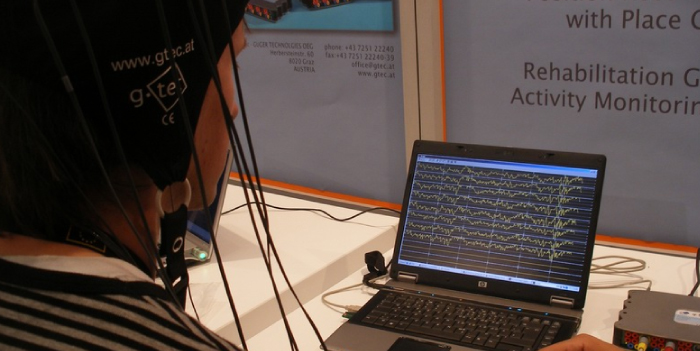
One of the reasons that have led the biggest brands, in the last 10 years, to use Neuromarketing techniques to test their products and communication activities is certainly based on the curiosity to explore the brain responses of consumers, through the electroencephalography technique (EEG).
Brain activity, after being processed appropriately, allows experts to access information relating to the level of interest and cognitive effort aroused by a stimulus, such as a television advertisement, a shelf product or the new interface of a website.
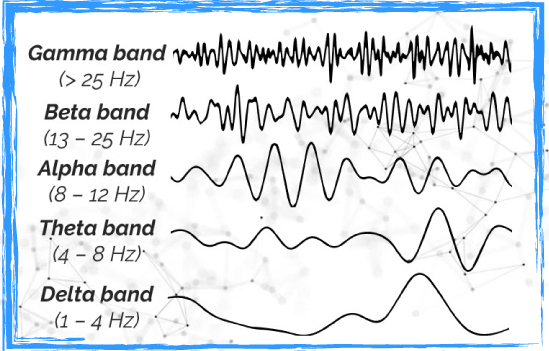
EEG frequency bands
The electric potential fluctuations, generated by the electrical activity of multiple groups of neurons, can be further explored within specific frequency bands such as delta (1 – 4 Hz), theta (4 – 8 Hz), alpha (8 – 12 Hz), beta (13 – 25 Hz) and gamma (> 25 Hz).
In particular, the amount of energy present within a frequency band, associated with a specific group of electrodes and a specific time segment, is known as the global field power (GFP) and provides key information on the mental state of the individual, for example in terms of cognitive effort and interest.
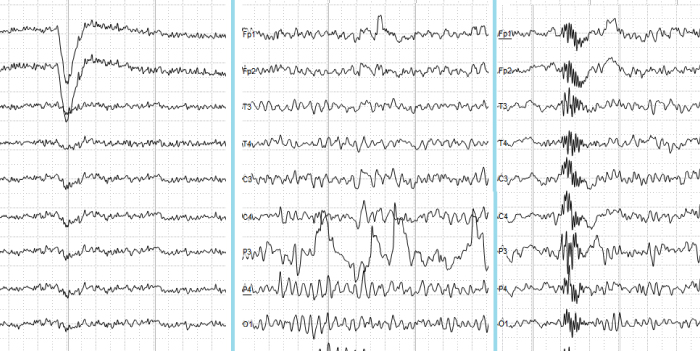
EEG artifacts
To be able to obtain accurate results, the expert must identify and clear the signal from artifacts.
What are EEG artifacts
Artifacts are parts of the recorded EEG signal that were not generated by neuronal activity, but rather by other physiological sources or entirely external to us. The most common types of artifacts are produced by:
- Eye blinks
- Eye movements
- Muscle activity
- Sudden shifts of the electrodes
- Quick movements of the head
In these cases, the expert can decide to completely remove the portions of the signal containing artifacts or apply a more conservative approach, trying to reconstruct the signal with algorithms shared by the entire scientific community, such as independent component analysis (ICA ) in the case of artifacts generated by eye blinks.
Furthermore, to correctly visualize the signal and remove the noise that would make it difficult to inspect, it is necessary to use the low-pass filter (to remove power line noise) and the high-pass filter to remove slow drifts (for example artifacts generated by sweat).
EEG in Neuromarketing: strengths and weaknesses
In summary, what are the reasons that push the experts to integrate electroencephalography into neuromarketing studies?
- Ease of integration with other techniques: EEG integrates very well with other techniques commonly used in Neuromarketing studies such as Eye Tracking, Electrocardiography (ECG), Plethysmography (PPG), detection of galvanic skin response (GSR) and Facial Coding.
- Accessibility: The costs of EEG devices in recent years have become really affordable.
- Temporal resolution: the high temporal resolution of the EEG is certainly one of the major advantages of this technique, as it allows to study events of interest in the order of milliseconds. This feature is extremely important in particular for the investigation of event-related potential (ERP).
- Portable and wireless: today it is possible to perform EEG studies also in supermarkets and points of sale. Furthermore, the most modern devices no longer require the presence of wires, as the data is transferred to the acquisition computer via bluetooth or other wireless solutions.
On the other hand, the aspects that require attention are:
- Skills in signal cleaning: As described above, the EEG signal is contaminated with different types of artifacts. The operations related to the removal of artifacts require experience and expertise and in the absence of these, also the research results will be negatively affected.
- Low spatial resolution: The EEG technique is not suitable for investigating the activity generated by deeper brain structures or the mass activity of narrow cortical areas.
